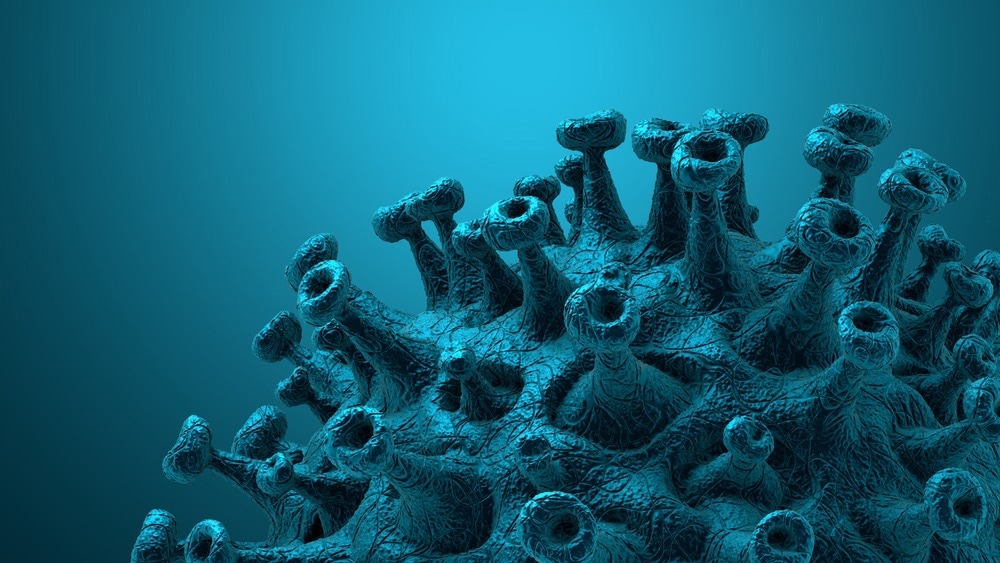Since the onset of the Covid-19 pandemic, the use of disinfectants based on peroxide has skyrocketed. However, the widespread use of chemical disinfectants to eliminate viruses and other diseases can potentially endanger ecosystems and human health. A new nanomaterial has been created by a research team led by George Washington University that can increase the effectiveness of standard disinfectants.

Image Credit: CROCOTHERY/Shutterstock.com
The scientists demonstrated that a peroxide-based disinfectant is two to four times more efficient at neutralizing a coronavirus strain when combined with the nanomaterial, a double-atom catalyst, than when the disinfectant is used alone.
According to the researchers, it is more cost-effective and eco-friendy to improve disinfectants with nanomaterials made from elements found in abundance on Earth, such as iron and carbon.
Peroxides are often used to kill pathogens but we have to use a much higher concentration of them than we really need. With this nanomaterial, we can actually reduce the amount of peroxides we’re using daily, which not only reduces costs but also offers a more sustainable method of disinfection while still achieving the best performance for killing environmental pathogens.
Danmeng Shuai, Study Senior Author and Associate Professor, Civil and Environmental Engineering, George Washington University
A Fe–Fe double-atom catalyst was created by Shuai and his team, which also included David P. Durkin from the US Naval Academy and Hanning Chen from the University of Texas at Austin. They combined the catalyst with peroxide and a coronavirus strain in two different mediums—artificial saliva and freshwater obtained from a nearby river—to simulate contact surface cleaning and water disinfection, respectively.
The scientists discovered that the nanomaterial moved electrons from the virus to the peroxide to function. The virus’s DNA and proteins were damaged along with the coronavirus lifecycle in the host cells as a result of the virus becoming oxidized.
Our work paves a new avenue of leveraging advanced materials for improving disinfection, sanitation, and hygiene practices. Our discovery also has broad engineering applications for advancing catalysis in pollution control, enabling effective and safe disinfection, controlling the environmental transmission of pathogens, and ultimately protecting public health.
Zhe Zhou, Study First Author and Ph.D. Student, George Washington University
According to the study’s authors, the nanomaterial could be scaled to inactivate environmental pathogens in a variety of situations. Examples include the filtration of water, which can be accomplished by placing nanomaterial in columns and letting water flow through while being purified. Moreover, it could be scaled down for use as a spray to sanitize contact surfaces like counters.
The researchers recommended that future studies concentrate on improving the disinfection potency of the materials to provide powerful and eco-friendly disinfection to better safeguard public health.
The journal Environmental Science & Technology published the findings. The National Science Foundation, the Air Force Office of Scientific Research, and the United States Department of Agriculture-National Institute of Food and Agriculture provided funding for the study.
Journal Reference
Zhou, Z., et al. (2023) Fe–Fe Double-Atom Catalysts for Murine Coronavirus Disinfection: Nonradical Activation of Peroxides and Mechanisms of Virus Inactivation. Environmental Science & Technology. doi:10.1021/acs.est.3c00163